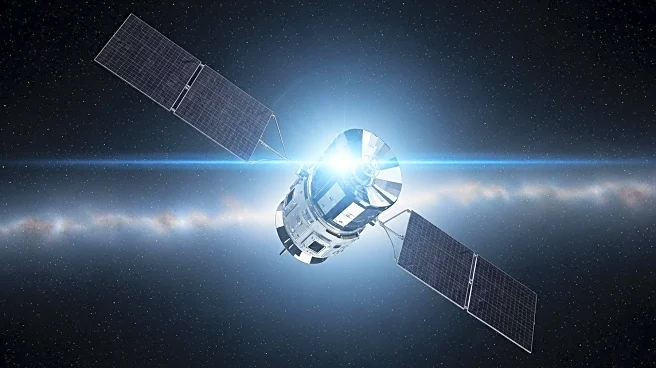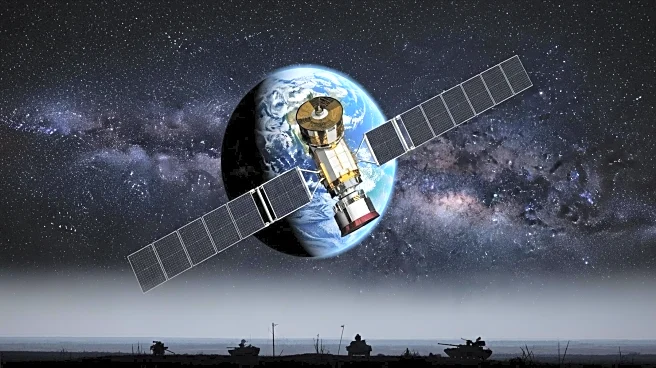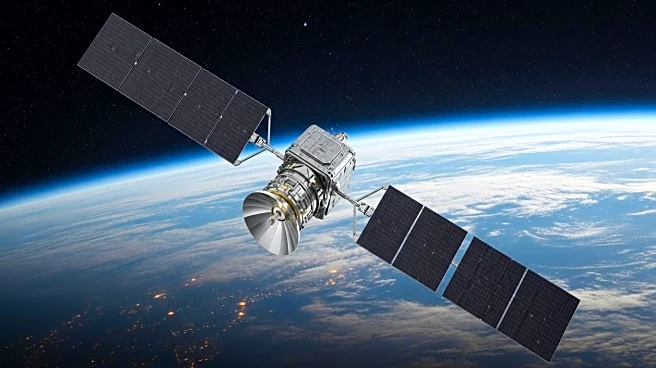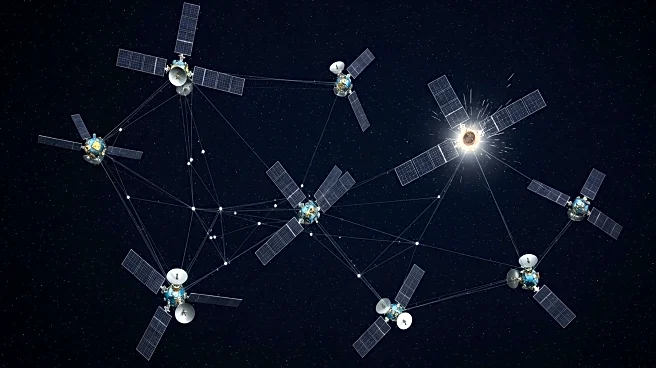What's Happening?
Telesat, a Canadian satellite communications company, is promoting its Lightspeed low Earth orbit (LEO) broadband constellation as a temporary solution for Europe's IRIS² network. The IRIS² project, a public-private partnership led by European operators SES, Eutelsat, and Hispasat, aims to deploy over 290 satellites, primarily in LEO. However, the $11 billion initiative faces skepticism regarding its costs and business viability. Telesat CEO Dan Goldberg highlighted the strategic opportunity for Canada and European governments to collaborate on leveraging Lightspeed until IRIS² becomes operational. The Lightspeed constellation is expected to be online by 2027, three years ahead of IRIS². Telesat is also exploring opportunities to support the U.S. Department of Defense's needs, including the $175 billion 'Golden Dome' initiative.
Why It's Important?
The proposal by Telesat underscores the growing demand for LEO satellite networks, driven by the success of Starlink and the anticipated entry of Amazon's Project Kuiper. The geopolitical landscape, particularly the conflict in Ukraine, has highlighted the strategic importance of satellite communications for military and civilian purposes. Telesat's Lightspeed could provide a cost-effective interim solution for governments seeking to enhance their satellite capabilities. The initiative also reflects the broader trend of commercial satellite operators adapting to declining revenues from traditional geostationary orbit services, such as satellite video broadcasting, and pivoting towards new business models.
What's Next?
Telesat's proposal may prompt further discussions between Canadian and European governments regarding potential collaborations. The outcome of these discussions could influence the strategic direction of satellite communications in Europe and North America. Additionally, the U.S. Department of Defense's interest in leveraging commercial LEO networks may lead to increased partnerships with private operators like Telesat. As the satellite communications landscape evolves, operators will need to navigate regulatory challenges and competitive pressures from both terrestrial and satellite-based broadband providers.











